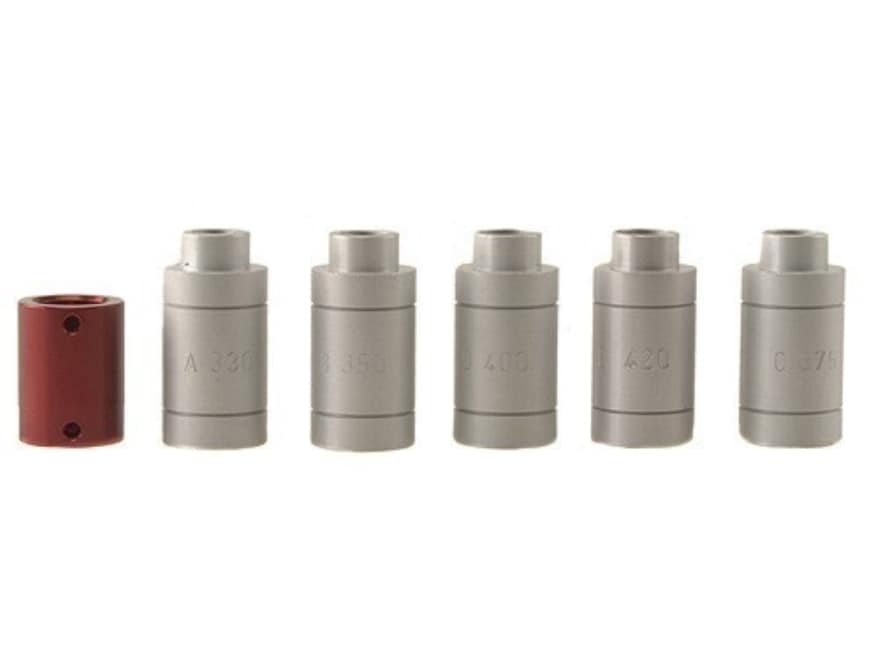You're over thinking this. At least until you get all shooting 600 yards at a 6" steel target.
Is this new, once fired brass your sizing?
A headspace gauge is what measures the length of your chamber. Maybe you mean "Case Gauge"?
My Lyman book shows .30-06 brass trim-to-length at 2.484" with a max of 2.494" showing in the Speer 49.
Brass should be trimmed uniform, that means the brass can be anywhere from 2.484"-2.494" as long as it's the same length you're golden.
Neck OD? If you have a quality die, the neck is set where it needs to be. Reference, 600+ yard shooting.
Is this new, once fired brass your sizing?
A headspace gauge is what measures the length of your chamber. Maybe you mean "Case Gauge"?
My Lyman book shows .30-06 brass trim-to-length at 2.484" with a max of 2.494" showing in the Speer 49.
Brass should be trimmed uniform, that means the brass can be anywhere from 2.484"-2.494" as long as it's the same length you're golden.
Neck OD? If you have a quality die, the neck is set where it needs to be. Reference, 600+ yard shooting.















